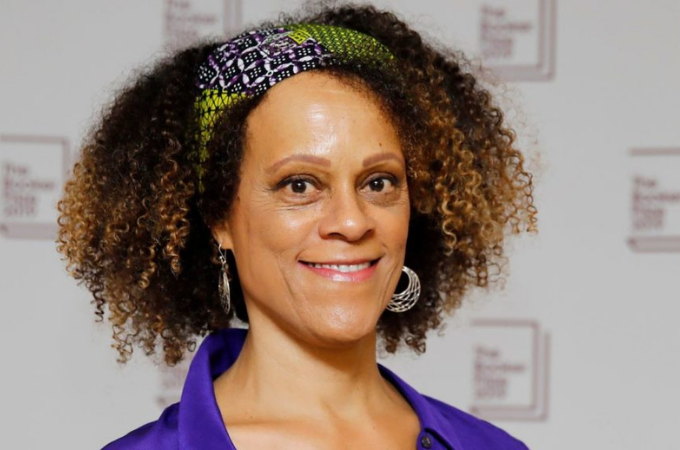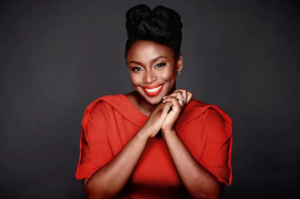
Within artistic circles, as with many others, aging, especially in women, can lead to invisibility. For Black women specifically, it could be regarded as a double burden, with their experiences and talents viewed as outdated and put down in favor of younger, more supposedly “exciting” contemporaries.
In a new piece for The Guardian, author Bernardine Evaristo pays homage to the series of recent artistic triumphs achieved by older Black women in the arts and the literary world. The women profiled are in their 50s and 60s, still breaking new grounds in their respective fields. Some of these include the 69-year old British artist Ingrid Pollard who was recently named as a finalist for the prestigious Turner Prize, one the world’s most coveted honors for visual art; Sonia Boyce, the 60-year old Afro-Caribbean artist who represented Britain at the Venice Biennale and won the Golden Lion for best national exhibition, and Simone Leigh, representing the US, awarded the Golden Lion for best participant.
Evaristo is no stranger to late-career success. She became the first Black British woman to win the Booker Prize for Fiction for her eight novel Girl, Woman, Other, at the age of 60. Drawing from her own experience, she insists that late-career successes can sometimes be simply the icing on the cake for a lifetime of dedicated input, and not necessarily a complete turn-around. A perfect illustration, she says, is the seasoned British actress and thespian Adjoa Andoh, lauded for her role as Lady Danbury in the hit series Bridgerton. As a result of years of experience, Andoh is able to handle the seemingly sudden spotlight on her. The same case could be made for the likes of novelist Jackie Kay.
In all, Evaristo argues for redefining success, and against negative reception of aging in Black women artists: “We should celebrate every age and stage of our lives. It is one of my mantras, pounding the concept into my consciousness to redress a lifetime of being told otherwise.”
Read an excerpt of the essay below:
“There are those who balk at the idea of paying too much attention to these milestones, as if they are not relevant, but they are, they are. In addressing the historical exclusion of some demographics in creative settings, we need to know what we are up against. Often, it is only when we crunch the numbers and see the stats laid out before us in black and white on a spreadsheet that the disparity in representation becomes glaringly obvious.
Recent research in the US revealed that 85% of artists featured in prominent permanent exhibitions are white, while 87% of them are male. I imagine the British story is similar. Certainly, during the first 30 years of the Turner prize (established 1984), it was awarded to 25 male artists – indicative of a male-controlled arts culture that, for most of history, as the predominant arbiter of what constitutes excellence, relevance and importance, placed greater value on the aesthetics, context and, yes, politics of art produced by men.
To those who protest that women were not producing good enough work, it is simply not true. It is all about the value placed on art, and by whom. All of the women mentioned here are, in my opinion, outstanding creatives, offering unique talents and perspectives not offered elsewhere. Quality, however we define it, always comes first.
The Black male artists Isaac Julien, Steve McQueen, Chris Ofili and Yinka Shonibare gained international reputations more than 20 years ago – deservedly so – but Black female creatives have had to operate within not just a white context, but also a patriarchal one. For example, the powerful figurative portrayals of Black women by Claudette Johnson, another 80s alumna, didn’t have a hope in hell of garnering the attention they deserved until recently, via a significant exhibition in 2019 at Modern Art Oxford.”
Read the full essay here.









COMMENTS -
Reader Interactions